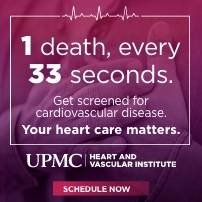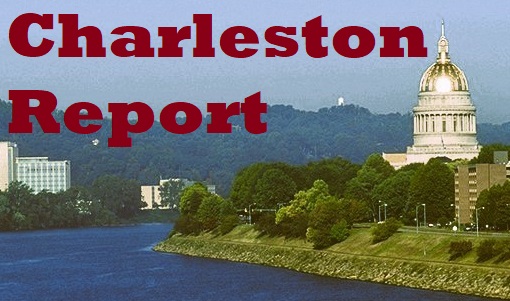February 24th, 2015 by WCBC Radio
Governor Larry Hogan today joined with Lt. Governor Boyd Rutherford to announce the establishment of both the Heroin and Opioid Emergency Task Force and a separate Inter-Agency Coordinating Council. Both groups will work and support efforts to address Maryland’s growing heroin and opioid crisis.
“For far too long, state and local agencies have worked in silos with little communication and less coordination,” said Governor Hogan. “The purpose of the inter-agency council and task force is to connect the dots of prevention, treatment, and recovery and maximize our resources and expertise to come up with real solutions to save and restore lives.”
By signing Executive Order 01.01.2015.12, Governor Hogan formally created the Heroin and Opioid Emergency Task Force, a group which is made up of law enforcement professionals, elected officials, and substance abuse experts. The task force will meet regularly and solicit input and guidance from a wide variety of sources throughout the state. The group will also meet with and receive guidance from educators, families of those suffering from addiction, and other vested stakeholders.
The members of the Heroin and Opioid Emergency Task Force are:
- The Honorable Julie S. Solt, Frederick County Circuit Court
- Delegate Brett Wilson, District 2B, Washington County
- Sheriff Timothy Cameron, St. Mary's County
- Tracey Myers-Preston, MD Addiction Directors Council
- Dr. Bankole Johnson, UMD School of Medicine, Psychiatry Department Chair
- Michael B. Finegan, Peninsula Mental Health Services
- Dr. Marc Fishman, Johns Hopkins School of Medicine
- Elizabeth Embry, Attorney General’s Office, Chief of the Criminal Division
In addition, Governor Hogan signed Executive Order 01.01.2015.13, officially establishing the Inter-Agency Heroin and Opioid Coordinating Council. This council includes multiple state agencies and will provide the opportunity to share data for the purpose of supporting public health and public safety responses to the heroin and opioid crisis. It will also serve to develop recommendations for policy, regulations, and legislation.
The council will include the following agencies:
- Department of Health and Mental Hygiene
- Maryland State Police
- Department of Public Safety and Correctional Services
- Department of Juvenile Services
- Institute for Emergency Medical Services System
- State Department of Education
- Governor’s Office of Crime, Control and Prevention
Governor Hogan has appointed Lt. Governor Rutherford to lead both the Heroin and Opioid Emergency Task Force and the Inter-Agency Heroin and Opioid Coordinating Council.
“Both the task force and the council allow for increased efforts for a coordinated, statewide effort to help prevent abuse, treat addiction, fight drug trafficking, and reduce non-violent drug-related crime,” said Governor Hogan.
In 2013, heroin-related overdose deaths (464) outnumbered homicides (387), which represents a 95 percent increase in heroin-related overdose deaths since 2010. Preliminary findings for 2014 show overall heroin-related overdose deaths have continued to rise and will outpace those in 2013 by approximately 20 percent. There is growing evidence that many new heroin addictions stem from the abuse of prescription painkillers. Once addicted to these opioids, individuals may switch to increasingly cheap and “available” heroin.
“The goal of this emergency task force is to shine a light on heroin and the havoc it is causing in Maryland,” said Lt. Governor Rutherford. “From preventing our kids from using heroin in the first place to increasing and improving access to treatment services for those in recovery, this task force will employ every resource available to take a holistic approach to address this public health emergency.”
As part of the immediate response to the heroin and opioid crisis, the Department of Health and Mental Hygiene, in coordination with the Governor’s Office of Crime, Control and Prevention, has received a donation of several thousand units of EVZIO from Kaleo Pharmaceuticals. EVZIO is the only Naloxone auto-injector (similar to an epi-pen) that is FDA-approved for use by laymen to reverse a suspected opioid overdose. Naloxone is widely used by law enforcement, first responders, and emergency rooms to treat opiate overdoses and has been credited with saving numerous lives in just the past year.
In addition, the Governor’s Office of Crime, Control and Prevention will allocate $500,000 of Maryland's federal Edward Byrne Memorial Justice Assistance Grant funds to expanding reentry programs at correctional facilities. The funding will be available to county correctional institutions to implement or expand reentry programs modeled after a nationally recognized effort at the Washington County Detention Center that combines FDA-approved non-addictive medications and extensive behavioral health counseling following release.




.jpeg)












